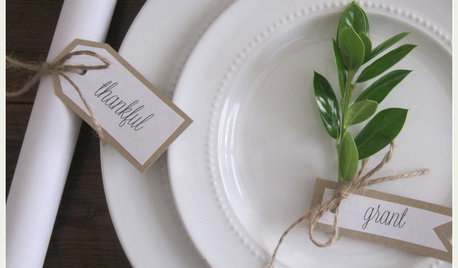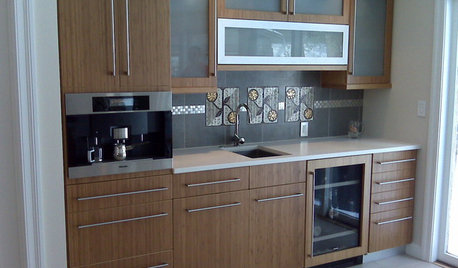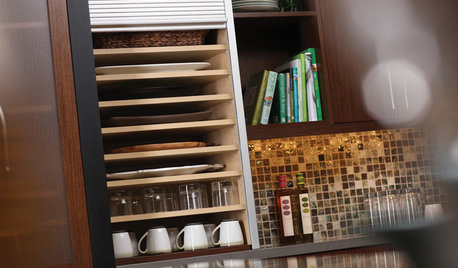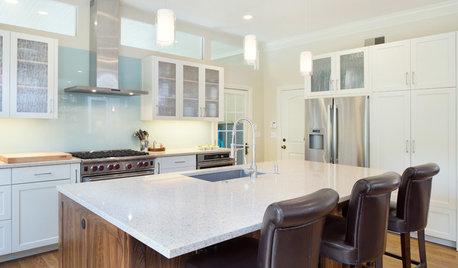Hood--what size insert for capture area?
AvatarWalt
9 years ago
Related Stories

FALL AND THANKSGIVINGHouzzers' Tablescapes Capture the Thanksgiving Spirit
We feel blessed with abundance sharing all these wonderful, creative Thanksgiving table decorations by Houzz users
Full Story
KITCHEN DESIGNHow to Choose the Right Hood Fan for Your Kitchen
Keep your kitchen clean and your home's air fresh by understanding all the options for ventilating via a hood fan
Full Story
KITCHEN DESIGNWhat to Know When Choosing a Range Hood
Find out the types of kitchen range hoods available and the options for customized units
Full Story
KITCHEN APPLIANCESThe Many Ways to Get Creative With Kitchen Hoods
Distinctive hood designs — in reclaimed barn wood, zinc, copper and more — are transforming the look of kitchens
Full Story
5 Stunning Modern Range Hoods
Today's kitchen range hoods can look like sleek sculptures. Here's what to look for when you go shopping for one
Full Story
KITCHEN APPLIANCESWhat to Consider When Adding a Range Hood
Get to know the types, styles and why you may want to skip a hood altogether
Full Story
KITCHEN DESIGNHot Ideas and Tips for Coffee and Tea Stations
Let options like drawer inserts and built-in coffeemakers percolate now, so your hot-drinks station can best serve holiday guests
Full Story
KITCHEN STORAGEEasy Fixes for Kitchen Storage
Conquer sloppy shelves and dumped-in drawers with partitions, inserts, holders and more
Full Story
KITCHEN DESIGNModern Storage and Sunshine Scare Away the Monster in a Kansas Kitchen
New windows and all-white cabinetry lighten a kitchen that was once dominated by an oversize range hood and inefficient cabinets
Full Story
HOUZZ TVHouzz TV: How to Install a Rain Barrel
This DIY tutorial shows how easy it can be to capture rainwater from your roof to use in your garden later
Full Story







kaseki
AvatarWaltOriginal Author
Related Professionals
Arcadia Kitchen & Bathroom Designers · Barrington Hills Kitchen & Bathroom Designers · Bloomington Kitchen & Bathroom Designers · Brownsville Kitchen & Bathroom Designers · Fresno Kitchen & Bathroom Designers · Adelphi Kitchen & Bathroom Remodelers · Holden Kitchen & Bathroom Remodelers · Islip Kitchen & Bathroom Remodelers · Kuna Kitchen & Bathroom Remodelers · Spanish Springs Kitchen & Bathroom Remodelers · Sharonville Kitchen & Bathroom Remodelers · Ridgefield Park Kitchen & Bathroom Remodelers · Kiryas Joel Appliances · Brea Cabinets & Cabinetry · Norfolk Cabinets & CabinetryGreenDesigns
kaseki